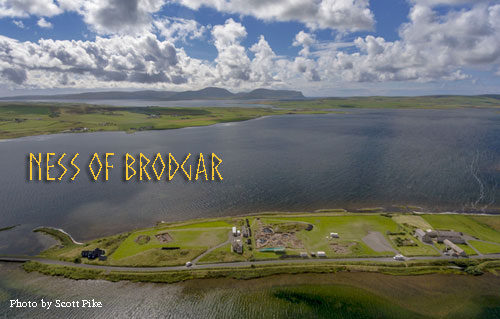
Updates
My apologies for the 6 month gap between uploads. In large part, it was due to technical issues– a new computer system, new server, and an old brain– but some time spent overseas away from my computer contributed too. Anyway, I am back in the saddle now and further updates will be forthcoming, including new articles on the general theme of human evolution but I also plan to update a number of old articles to take account of new research conducted in the last 20 years. See below for the latest offerings.
It has been 21 years since excavations began on the Ness of Brodgar in 2003 but all good things must come to an end and operations ceased at the site this past summer. It is not that there is nothing left to uncover– 90% of it remains untouched. No, it is because there is literally tons of material in need of analysis, interpretation and publication– several years worth of work. Additionally, it is standard practice to leave undisturbed deposits for future generations, using more advanced techniques, to tackle.
| The best source of information by far is the project’s own website, which contains Dig Diaries with daily entries for all of the seasons from 2010. |  |
New Articles
| 8 January, 2025 | The Palaeoenvironment of Africa IV: The Palaeolithic Epoch and the First Humans |
| 17 October, 2024 | The First Stone Tools? |
| 15 October, 2024 | The Stones of Stenness (updated) |
| 23 March, 2024 | The Palaeoenvironment of Africa III: The Pliocene Epoch and the Austalopithecines |
| 3 March, 2024 | The Palaeoenvironment of Africa II: The Miocene Epoch and the Apes |
| 21 February, 2024 | The Palaeoenvironment of Africa I: The Cretaceus & Palaeogene Periods |
Click here for more articles.





